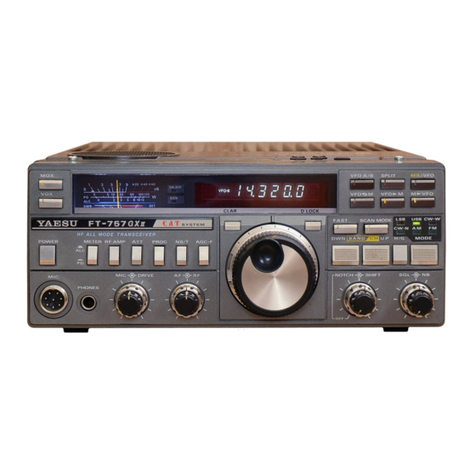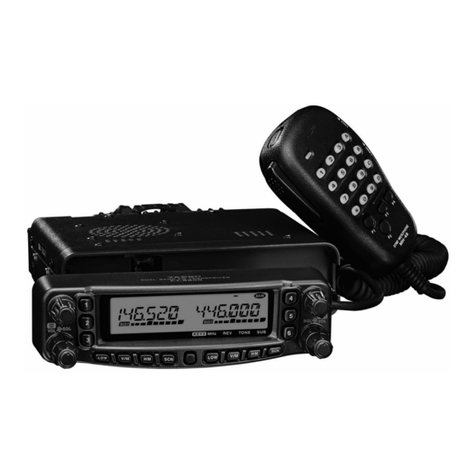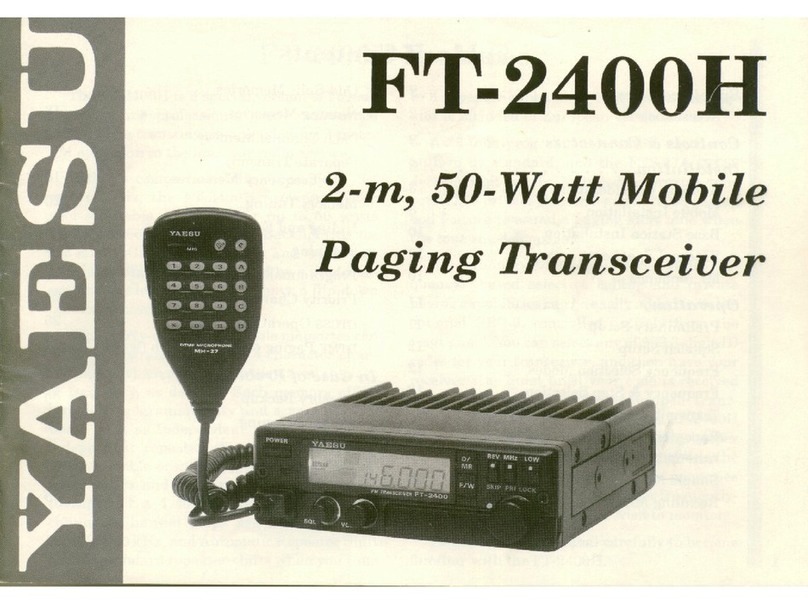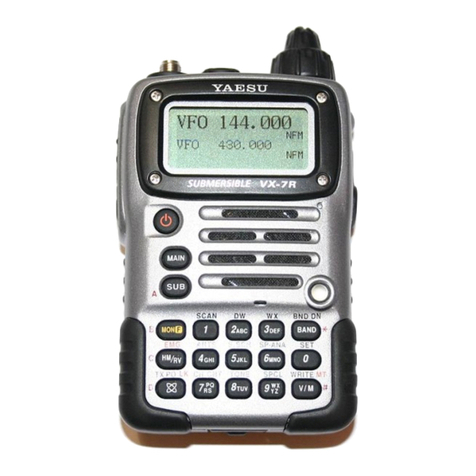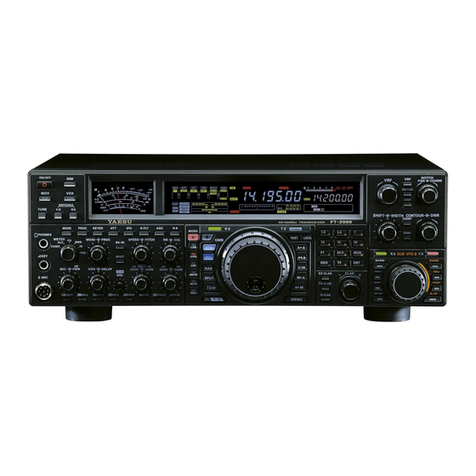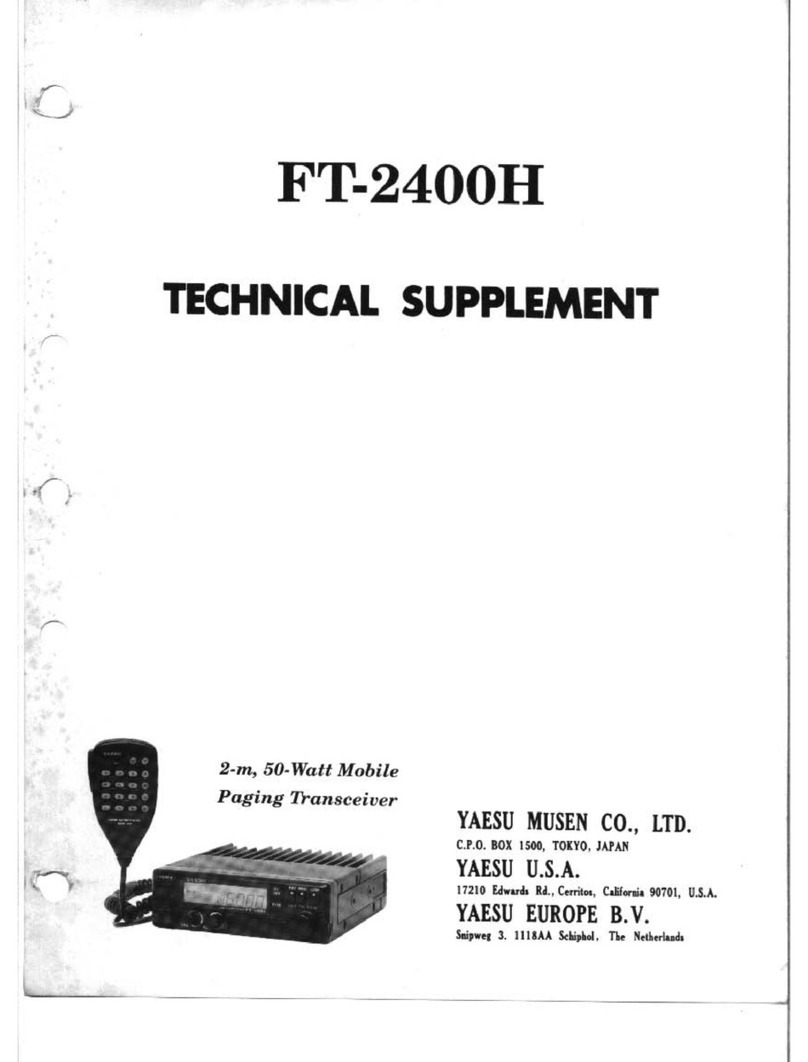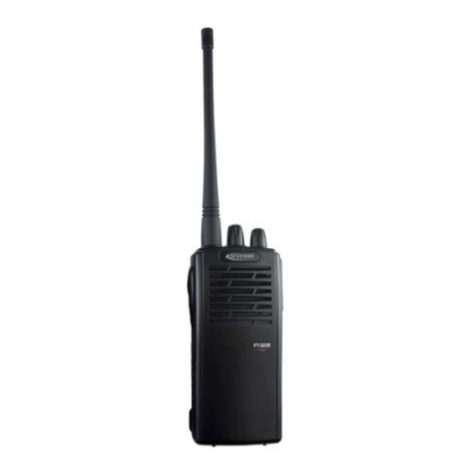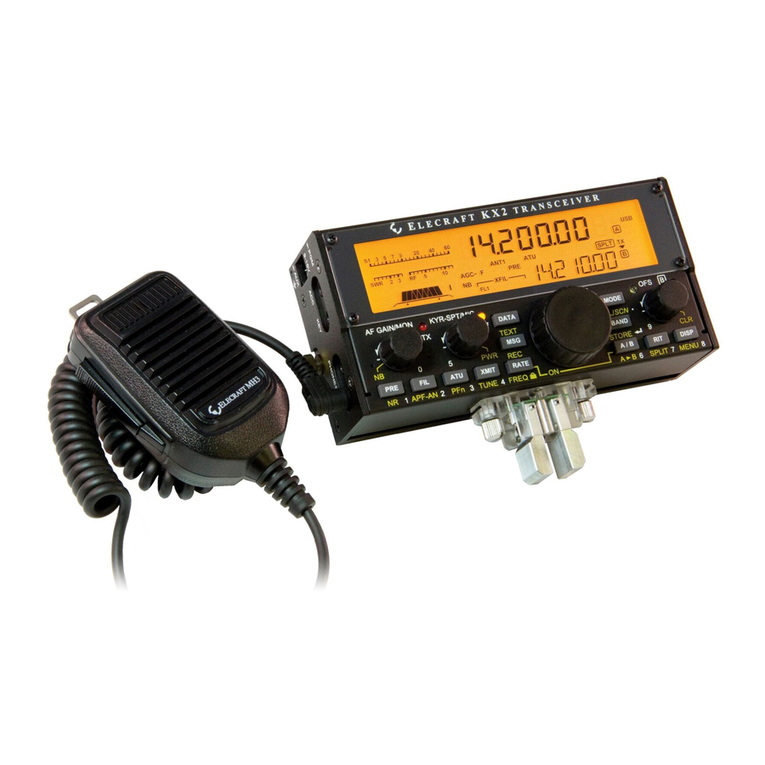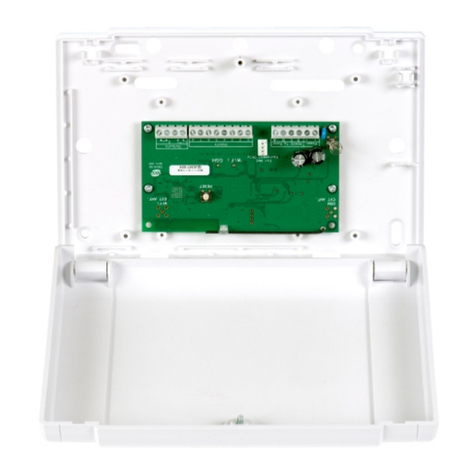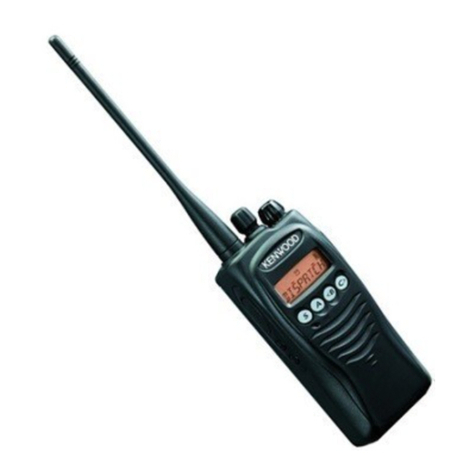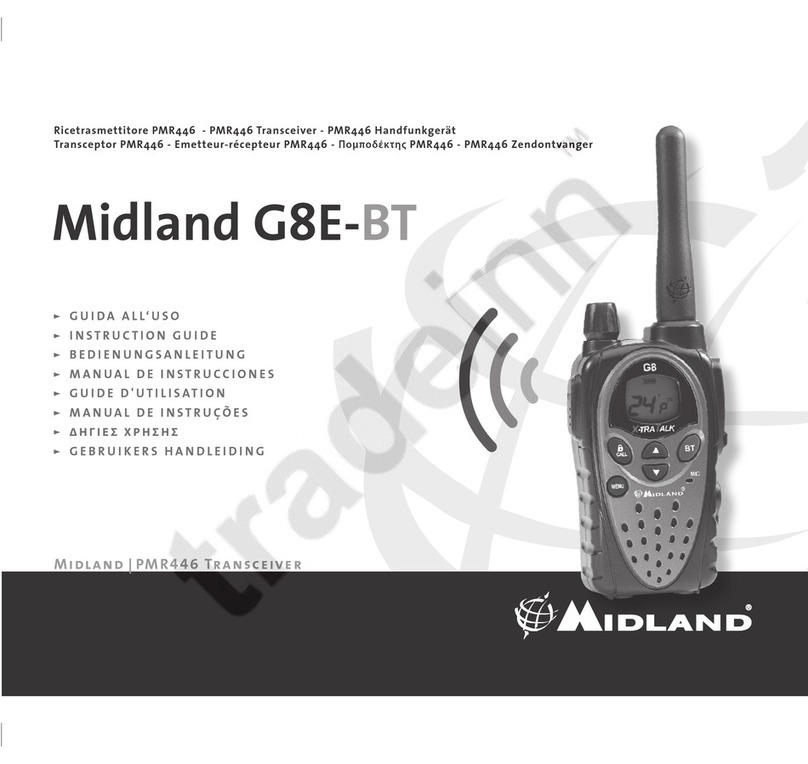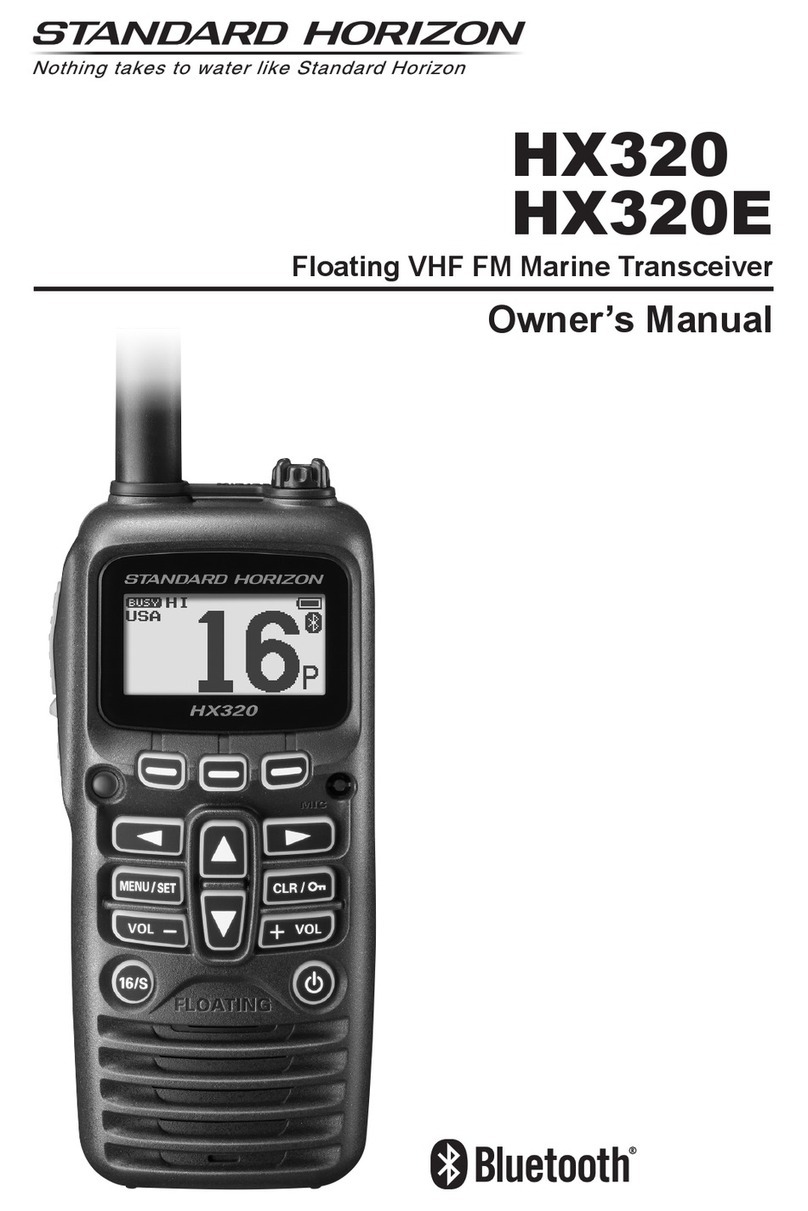
1
Using the APRS®Function
Using the APRS®Function............................................................................................. 1
APRS® initial settings ........................................................................................................ 2
Initial setting process for APRS operations................................................................... 2
When operating APRS using the GPS function ............................................................ 3
When operating APRS without using the GPS function................................................ 4
Setting your own station call sign.................................................................................. 8
Setting the APRS baud rate.......................................................................................... 9
Setting the symbol of your own station ....................................................................... 11
Receiving APRS® beacons ............................................................................................. 15
Setting the APRS operating frequency ....................................................................... 15
Receiving beacons...................................................................................................... 15
Description of the APRS STATION LIST screen and operations ................................ 16
Notification of beacon or message arrival in a pop-up screen
APRS POPUP function ............................................................................................... 26
Screen when BND 2 s - BND 60 s is selected ........................................................ 28
Audio notification of a beacon or message received APRS RINGER function ........... 29
Displaying RAW packet data ...................................................................................... 30
Deleting a beacon station from the list........................................................................ 32
Transmitting APRS®beacons ......................................................................................... 33
Transmitting a beacon manually ................................................................................. 33
Switching between automatic and manual beacon transmission................................ 33
Setting the automatic beacon transmit interval........................................................... 34
Setting the SmartBeaconing™.................................................................................... 35
Registering status text ................................................................................................ 37
Selecting a position comment..................................................................................... 39
Setting the digipeater route......................................................................................... 40
APRS® message screen and operating instructions ....................................................... 43
Description of the APRS MESSAGE LIST screen and operations ............................. 43
Description of the APRS MESSAGE LIST detail screen and operations.................... 44
Message edit screen and description of operations.................................................... 45
Receiving messages................................................................................................... 46
Filter setting for messages received ........................................................................... 47
Deleting a message from the list................................................................................. 49
Transmitting APRS® messages....................................................................................... 50
Creating and sending messages ................................................................................ 50
APRS Set Mode List....................................................................................................... 57
APRS Set mode function list .......................................................................................... 61
Table of Contents
